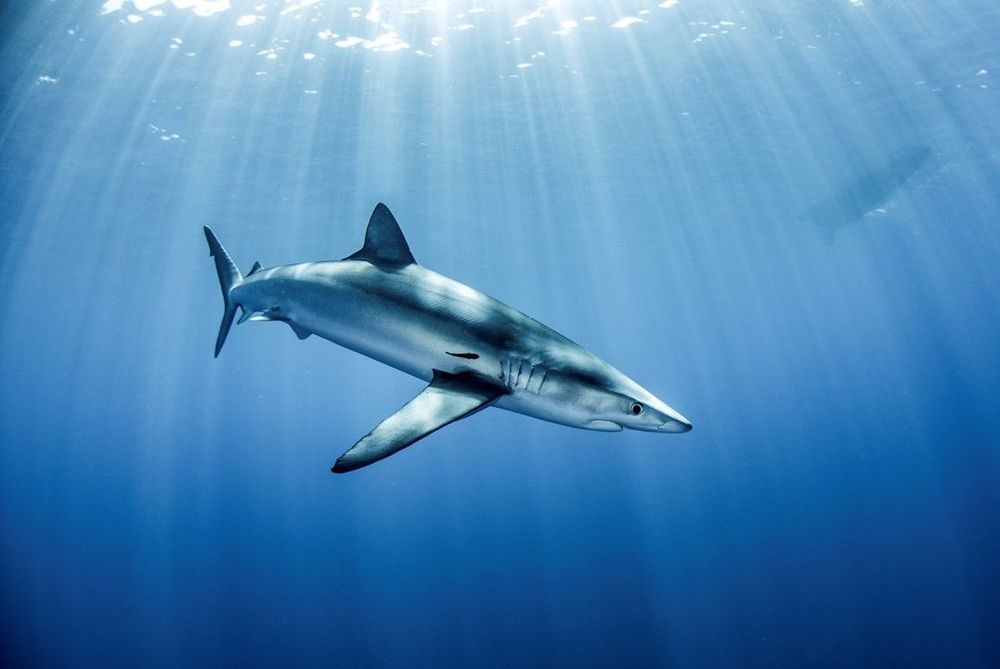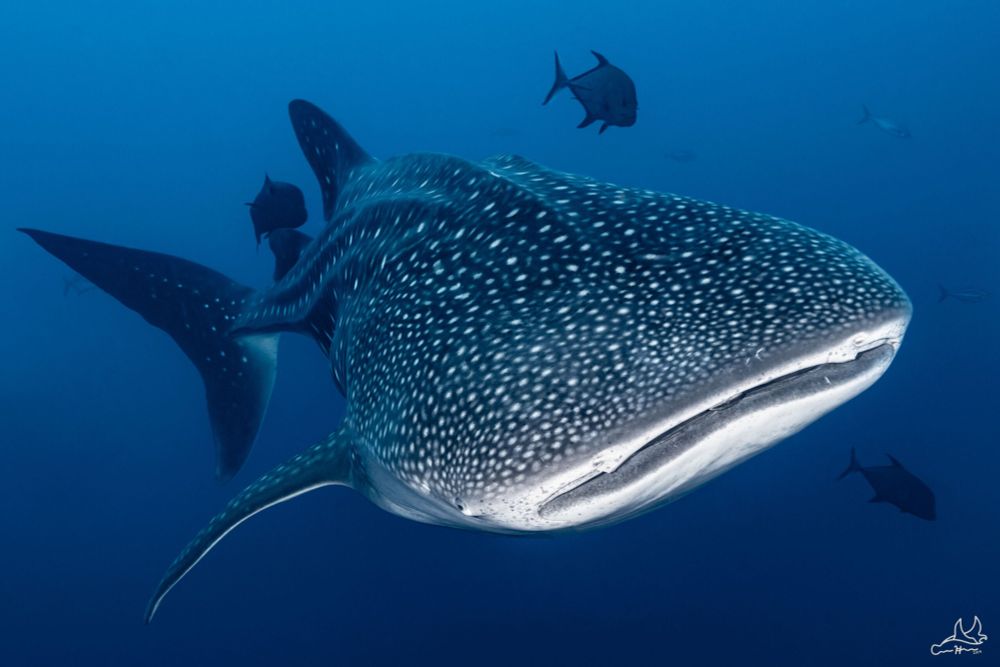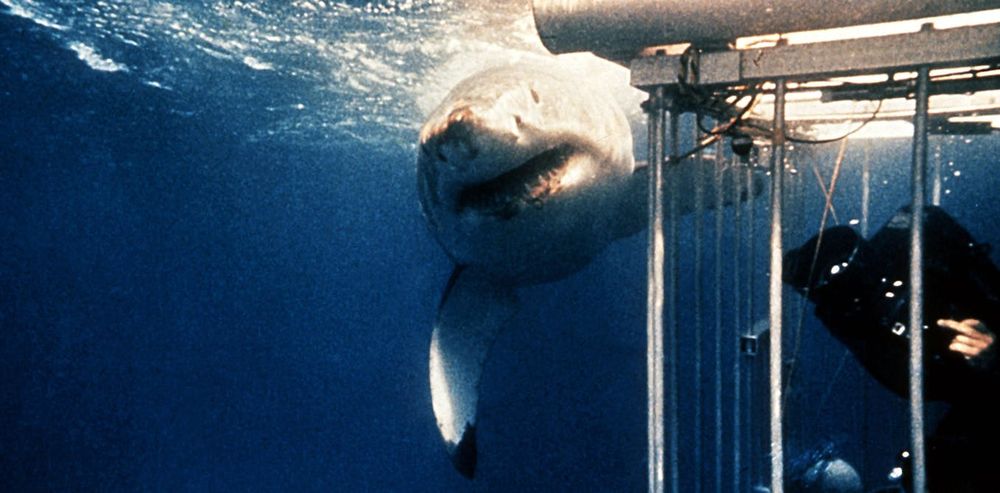
Jaws helped spur a fishing frenzy – so how have the world’s sharks fared since the 1975 release?
The film made us afraid to go back in the water. It ultimately gave sharks more to fear from us.
50 years on from the release of movie blockbuster Jaws, our shark expert @thesimslab.bsky.social @sotonoceanearth.bsky.social debates the so called 'Jaws effect', charting the fortunes of the 'great white' for @theconversation.com.
Read more 👉 https://tr.ee/5gCSPz
20.06.2025 09:02 — 👍 7 🔁 4 💬 0 📌 0
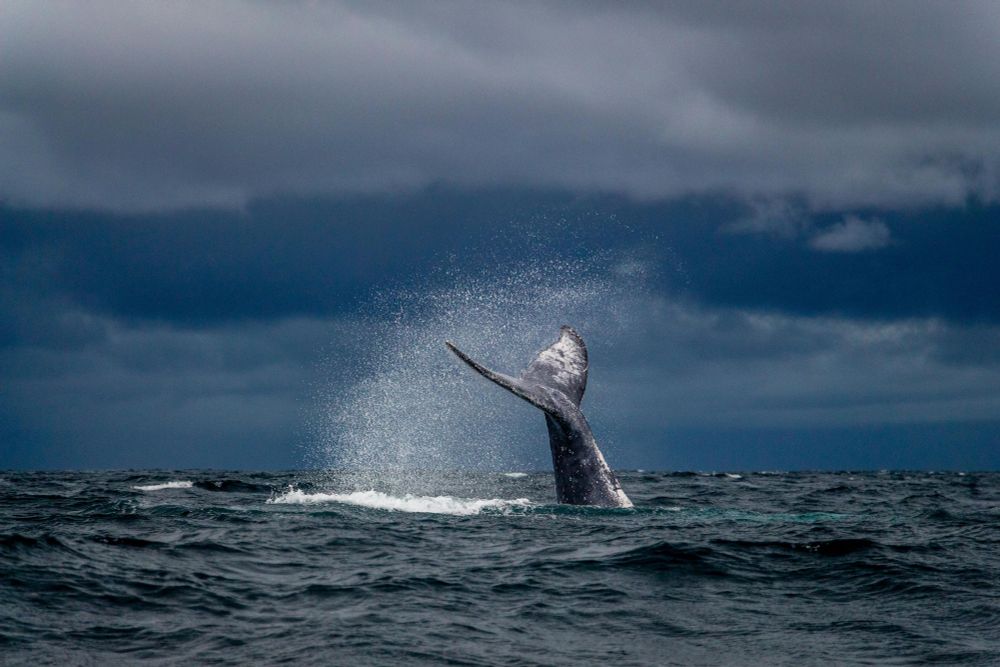
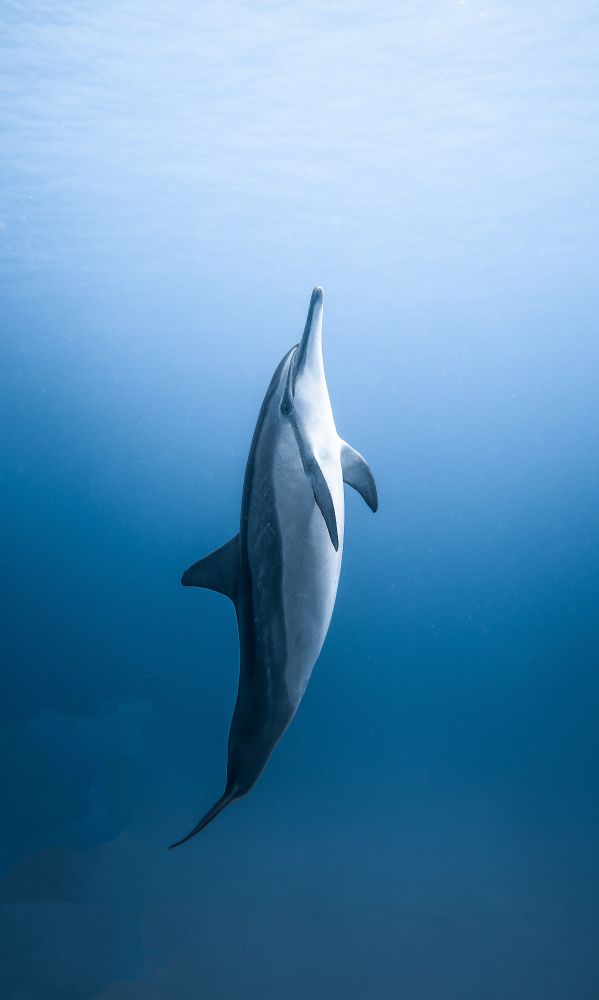
Herculean collation of >12K megafauna tracks, >100 species, reveals 75% overlap of critical habitats with shipping, fishing, pollution or warming. Protection targets not enough to safeguard megafauna.
New paper in @science.org, led by @anammsequeira.bsky.social 👇
📸silvana-palacios,daniel-torobekov
06.06.2025 10:48 — 👍 29 🔁 12 💬 2 📌 1
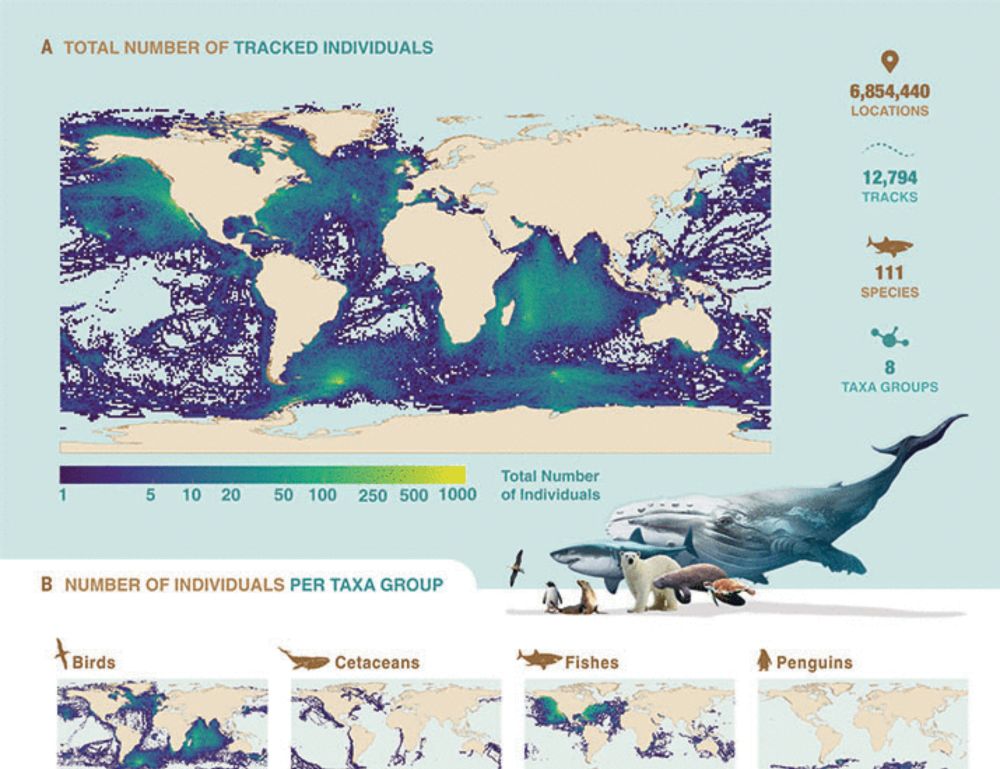
Global tracking of marine megafauna space use reveals how to achieve conservation targets
The recent Kunming-Montreal Global Biodiversity Framework (GBF) sets ambitious goals but no clear pathway for how zero loss of important biodiversity areas and halting human-induced extinction of thre...
NEW in @science.org Global tracking #MarineMegafauna shows <8% of areas used overlap w/ existing MPAs, while >75% of important areas overlapped by threats like #fishing #shipping & ocean warming - 30x30 goal will be insufficient for their conservation www.megamove.org @thembauk.bsky.social
05.06.2025 18:41 — 👍 98 🔁 36 💬 0 📌 3
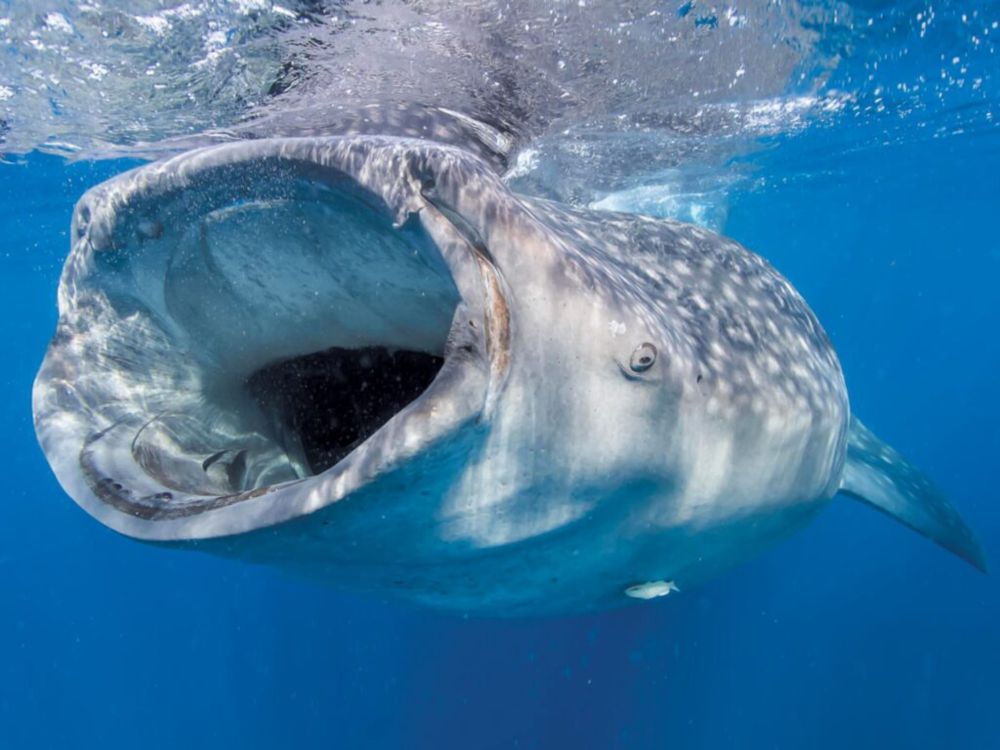
Could extreme ocean environments hold the key to locating mysterious shark birthing grounds? | Marine Biological Association
New research from the Marine Biological Association (MBA) aims to shed light on one of the greatest mysteries of the natural world – where do sharks go to
Could extreme ocean environments unlock the mystery of #shark birthing grounds? 🦈🌊 New MBA research links baby #WhaleSharks to #OxygenMinimumZones. These areas may provide safety from predators & a rich food supply, crucial for the survival of neonates.
➡️ buff.ly/4hIdSdN
@thesimslab.bsky.social
19.02.2025 11:29 — 👍 13 🔁 8 💬 0 📌 0
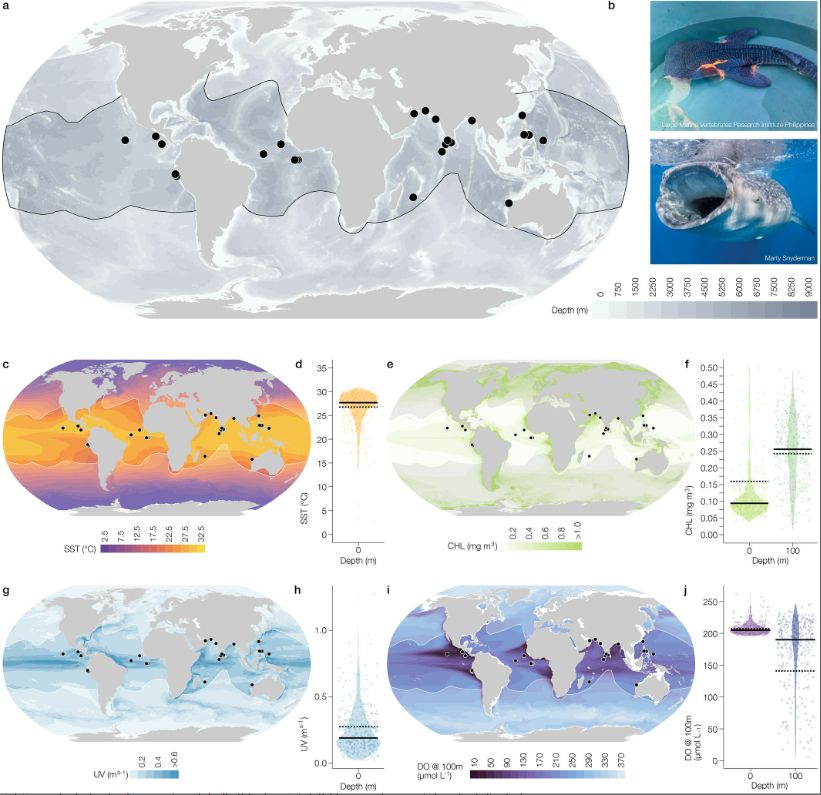
(a) Recorded sightings of whale shark neonates globally (black points). (b) Image of neonatal and adult whale sharks from Large Marine Vertebrates Research Institute Philippines group (b) and Marty Snyderman (b). (c) Whale shark neonates and sea surface temperature (SST, °C averaged for 2005–2019). (d) SST recorded from neonate locations and 10 randomised runs. (e) Whale shark neonates and Chlorophyll-a (Chl-a, mg m3 averaged for 2005–2019). (f) Chl-a at 0 and 100 m depths recorded from neonate locations and 10 randomised runs. (g) Whale shark neonates and current velocity (UV) at 0 m depth (ms−1, averaged for 2005–2019). (h) UV recorded from neonate locations and 10 randomised runs. (i) Whale shark neonates and dissolved oxygen (DO) concentration at 100 m depth (μmol L−1, averaged for 2005–2019). (h) DO concentrations at 0 and 100 m depths recorded from neonate locations and 10 randomised runs. In (d, f, h) and (j) each point represents a single sighting or randomised location, the solid black line is the median value of randomised locations, the dashed black line the median of the observed sightings for each depth, and the violin displays the density distribution of all locations. IUCN whale shark distributions are shown in white in each map and with a black outline in (a).
New research from @thesimslab.bsky.social in @ecol-evol.bsky.social - 🦈🌊
Unlocking the mystery of baby #whaleshark birthing grounds - Extreme environments like #OMZs provide safety from predators & a rich food supply, crucial for neonate survival.
doi.org/10.1002/ece3...
@thembauk.bsky.social
20.02.2025 15:13 — 👍 12 🔁 8 💬 0 📌 1
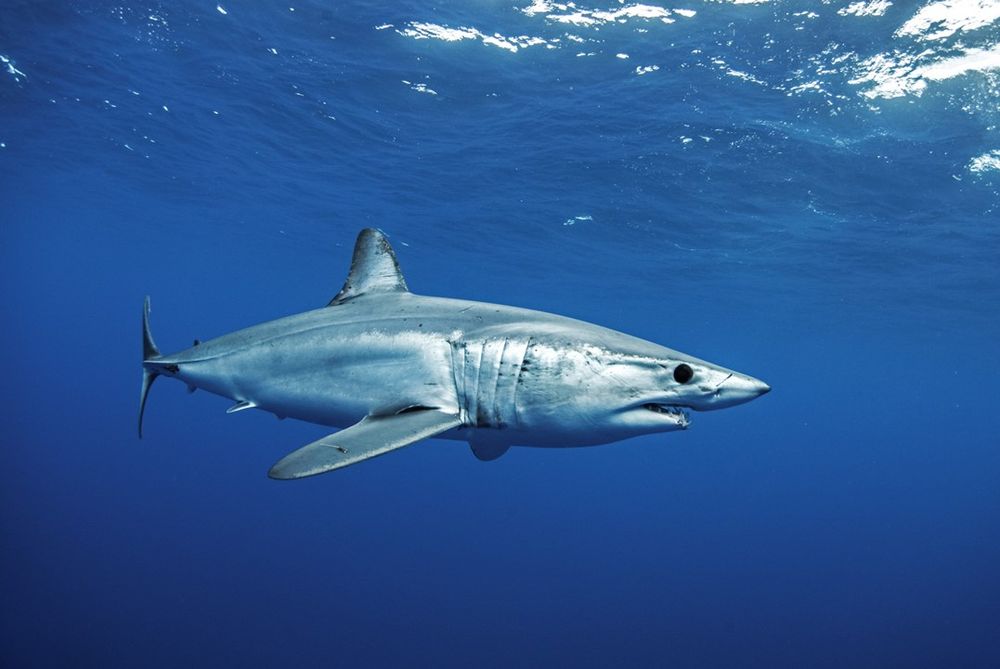
NEW PAPER - we think we've discovered an open-ocean nursery for endangered shortfin #mako #sharks in the SE Pacific Ocean..... only trouble is, it's in a Global Fishing Hotspot - likely exacerbating popn declines already occurring @thembauk.bsky.social
OA here: www.nature.com/articles/s41...
26.01.2025 12:23 — 👍 29 🔁 16 💬 0 📌 0
Professor of Marine (isotope)Ecology at the University of Southampton. Interested in all things sciencey especially marine, fishy things, otoliths climate and guitars
Assistant Professor @virginia_tech, interested in Marine Conservation, Quantitative Ecology, Data Science, Ecoinformatics, Fisheries Science and Sharks.
Shark scientist 🦈 & behavioural ecologist | Animal Social Networks
Junior Professor at University of Montpellier @umontpellier.bsky.social | Lab MARBEC
Website: www.johannmourier.com
Shark fanatic, with interests in movement ecology, network analysis and applied conservation.
Ecology and evolutionary biology, mainly fishes, climate change, conservation
Fisheries Ecologist, PhD 🦈🐟
Ecosystem-based management, sharks, fisheries, sustainable seafood🇧🇻🇺🇲 Yoga, cats, spearfishing 🐈⬛
📙My book on Marine EBM is available for pre-order now! https://tinyurl.com/MarineEBMBookHaugenLink
jannehaugen.com
Director of the Collaborative Centre for Sustainable Use of the Seas (CCSUS) at Cefas and UEA and of the International Marine Climate Change Centre (iMC3).
An extension of the Argo program to include biogeochemical observations
https://biogeochemical-argo.org/
PhD researcher at Marine Institute of Ireland & UCC
Sharks & rays 🦈 | rare & data-poor spp 🐟 | ecological modelling 💻
Director of the scientific outreach non-profit @marinedimensions & Ireland's elasmo eggcase citizen science project Purse Search IE
PhD Candidate @ Simon Fraser University in the @Earth2Ocean.bsky.social Research Group 🦈🌊
Director Fish & Fisheries Lab, James Cook University | Advisor Save Our Seas Foundation | healthy fisheries, ecosystems, and communities; shark and ray conservation in the Asia-Pacific| Reconnecting with Asia | Recovering Ocean Human 🌊🦈🐟| 🇦🇺 🇸🇬 🇵🇭
Marine Ecology PhD student @sosbangor.bsky.social. Seagrass and seaweed enthusiast 🌱🌊
[Contemporary] art[ist] Lecturer at Novia UAS. Finland
Also Natural history illustrations. Biology, ecology, conservation
Blog (Swedish) about various animals I meet and document in, mostly, nearby surroundings: http://utgangspunktnykarleby.blogspot.com
Director of Science & Senior Research Fellow at the Marine Biological Association l Professor of Marine Microbiology at the University of Plymouth l Fascinated by the microbial world and other marine life
#Freshwater #Invasion biologist, #zooplankton ecologist, and sometime environmental historian. Ngāi Tahu. Keyboards at Bitter Defeat and tweet for @gardhistnz.bsky.social
Marine Biologist, Spatial Ecologist 🦈 | PhD candidate at The University of Vigo, exploring the distribution, temporal patterns, and behaviour of elasmobranchs in the Ría de Vigo 🦈
https://kennpapadopoulo.com/
The Archive for Marine Species and Habitats Data are a flagship initiative of the Marine Biological Association @thembauk.bsky.social , and are accredited through the Marine Environmental Data and Information Network (MEDIN) https://www.dassh.ac.uk
We want to understand and predict animal decision-making in the natural world | Max Planck Institute in Konstanz, Germany. Photo by Simon Gingins
News and information from the European Commission. Social media and data protection policy: http://europa.eu/!MnfFmT

